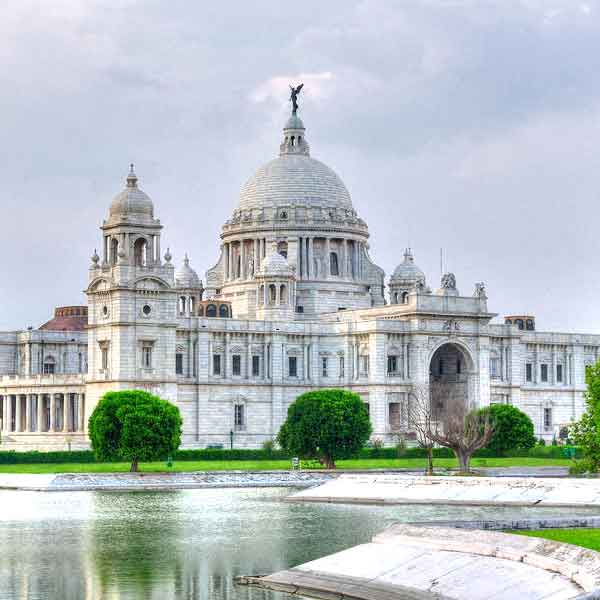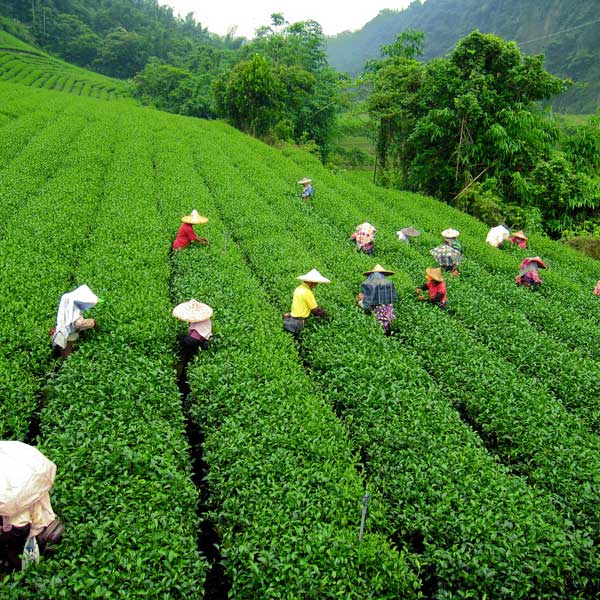Brief History
Geography & People
Geographically too, India is a land of kaleidoscopic diversity with the country’s 2.6 million square kilometres harbour, an immense variety of landscapes that range from the palm-edged beaches of the tropical south to the eternal snow of the mighty Himalayas. In between, jungles and forests, lush river valleys and barren deserts, busy modern cities and quiet villages are yours to explore.
Occupying this vast and varied country is an intriguing mixture of people whose diversity of race, language, customs, traditions, cuisine, art and religion brings colour to every aspect of life. With such a variety of people, there is an equal variety of festivals. Amongst the most spectacular are Rath Yatra in Puri and the Hemis festival in Ladakh (both held in June or July), Pushkar’s camel fair in November and the nationwide celebration of Diwali in October or November – but virtually every temple across the country has its own and if you are fortunate enough to find your visit coincides with one it may prove to be the highlight of your stay.



